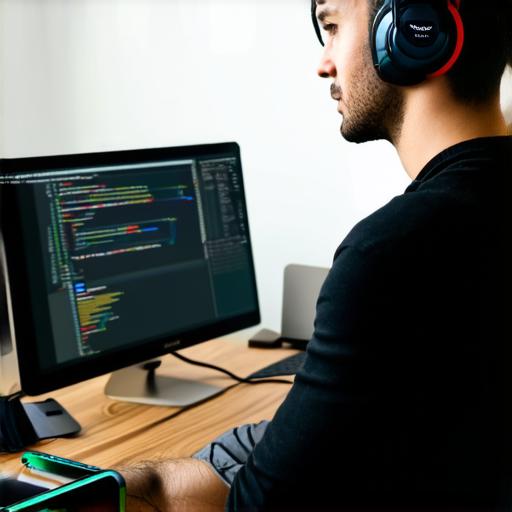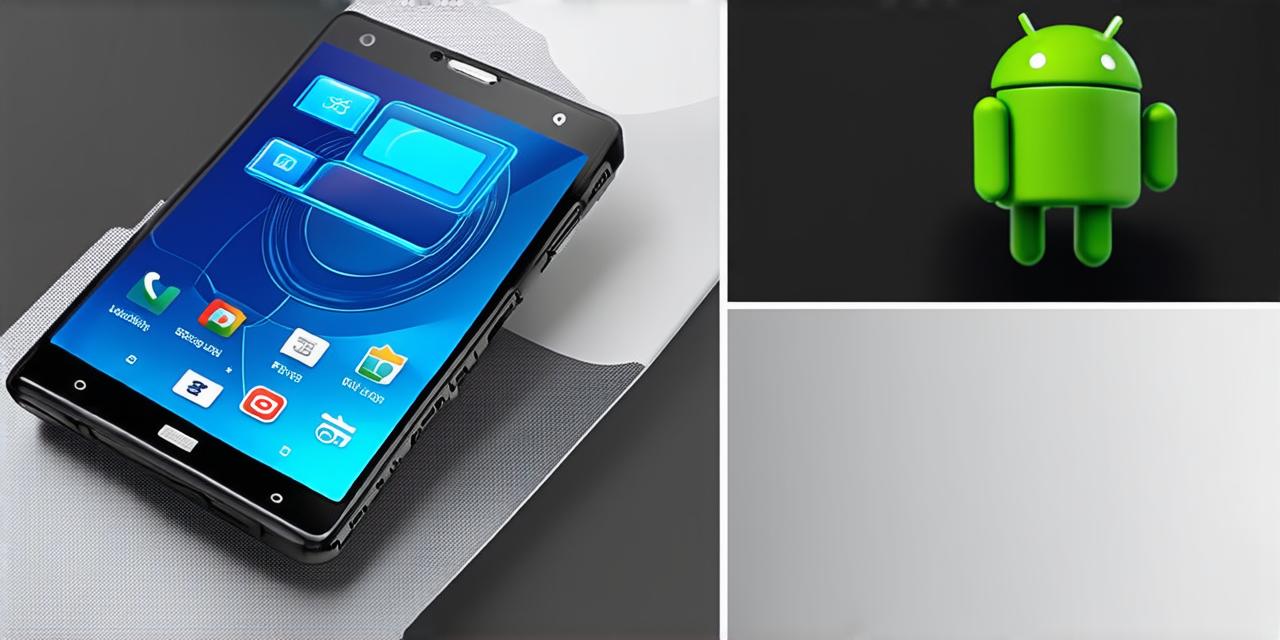Android Studio is an integrated development environment (IDE) for developing apps on the Android platform. It’s a powerful tool that allows you to create and test your app on a real device. However, before you can use Android Studio, you need to connect your phone to it.
Prerequisites
Before you start, make sure that you have an Android device running Android 5.0 or later and that USB debugging is enabled on your device. You will also need the following:
- A computer with Android Studio installed.
- A USB cable to connect your phone to your computer.
Step 1: Enable USB Debugging
The first step in connecting your phone to Android Studio is to enable USB debugging on your device. To do this, follow these steps:
- Go to the "Settings" app on your phone.
- Scroll down and tap "Developer options".
- Scroll down and tap "USB debugging".
- Toggle the switch to enable USB debugging.
Step 2: Connect Your Phone to Your Computer
Once you’ve enabled USB debugging on your phone, it’s time to connect it to your computer using a USB cable. Make sure that the USB cable is connected to both devices. Once the connection is established, Android Studio will automatically detect your device and display it in the “Tools” window.
Step 3: Select Your Device
After connecting your phone to your computer, Android Studio will detect your device and display it in the “Tools” window. To select your device, follow these steps:
- In the "Tools" window, click on the dropdown menu next to "Select a device".
- Select your device from the list of available devices.
- If you have multiple devices connected, make sure that you’ve selected the correct one.
Step 4: Create a Virtual Device
Once you’ve selected your device, it’s time to create a virtual device in Android Studio. A virtual device is an emulator of your device that runs on your computer. It allows you to test your app on different devices and configurations without having access to physical devices. To create a virtual device, follow these steps:
- In the "Tools" window, click on the dropdown menu next to "Create New Virtual Device".
- Select "Android 5.0 (API 21)".
- Choose the device you want to emulate.
- Configure the virtual device as needed, including the screen size, resolution, and other settings.
- Click "Next" to create the virtual device.
- Wait for the virtual device to be created. This process may take a few minutes.
- Once the virtual device is created, select it from the list of available virtual devices.
Step 5: Install the Android Debug Bridge (ADB)
The Android Debug Bridge (ADB) is a command-line tool that allows you to communicate with your device and perform various tasks such as installing apps and running tests. To install ADB, follow these steps:
- Open a command prompt or terminal window on your computer.
- Download the latest version of ADB from the official website (https://developer.android.com/tools/download).
- Extract the downloaded zip file to a directory on your computer.
- Add the path to the extracted folder to your system’s PATH environment variable. You can do this by following these steps:
- Open the “System Properties” window on your computer.
- Click on the “Advanced” button.
- Click on the “Environment Variables” button.
- Under “System Variables”, scroll down and find the “Path” variable.
- Click on “Edit”.
- Add the path to the extracted folder (e.g., C:sdkplatformsandroid-21sdk) to the end of the value.
- Click “OK” to save the changes.
- Test ADB by running the command "adb version". This should display the version number of ADB that you’ve just installed.
Step 6: Install Your App on Your Device
Once you’ve connected your phone to Android Studio and configured it for development, you can start building your app. To install your app on your device, follow these steps:
- Build your app in Android Studio by clicking the "Run" button or pressing F5 on your keyboard.
- Wait for your app to be built and installed on your device. This process may take a few minutes.
- Once your app is installed, open it on your device.
- Test your app thoroughly to ensure that it’s working as expected.
Comparing Real-Life Examples
Let’s compare two real-life examples of how connecting your phone to Android Studio can help you develop better apps:
Example 1: Debugging a Crash
Imagine that you’ve developed an app and released it on the Google Play Store. However, users have reported crashes when using the app. To debug these crashes, you need to connect your phone to Android Studio and analyze the crash logs. Once you’ve identified the root cause of the crash, you can fix it and release a new version of your app.
Example 2: Testing Your App on Multiple Devices
Imagine that you want to ensure that your app works well on different devices and configurations. To test your app on multiple devices, you need to create virtual devices in Android Studio and run tests on them. This will help you identify any compatibility issues and ensure that your app works well on all devices.
FAQs
Here are some frequently asked questions about connecting your phone to Android Studio:
Q: What if my device isn’t listed in the “Tools” window?
A: Make sure that you’ve enabled USB debugging on your device and that it’s connected to your computer using a USB cable. If your device still isn’t listed, try restarting Android Studio or your computer.

Q: How do I configure my virtual device settings?
A: You can configure your virtual device settings by selecting it in the “Tools” window and clicking on the “Properties” button. From there, you can adjust settings such as screen size, resolution, and other configurations.
Q: Can I use Android Studio to develop cross-platform apps?
A: Yes, you can use Android Studio to develop cross-platform apps that run on both Android and iOS devices. To do this, you’ll need to use a framework such as React Native or Flutter, which allow you to write code once and deploy it to both platforms.
Q: Can I use Android Studio to debug my app remotely?
A: Yes, you can use Android Studio to debug your app remotely by connecting
